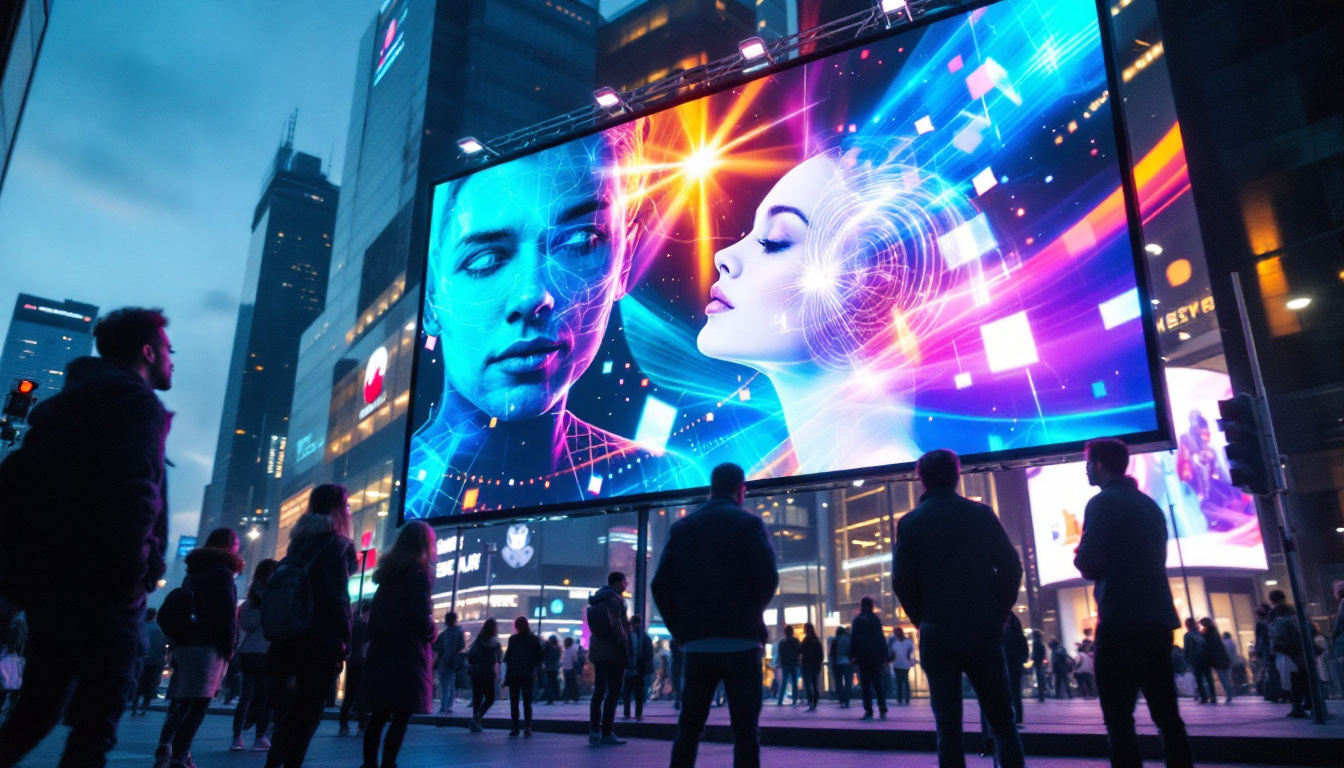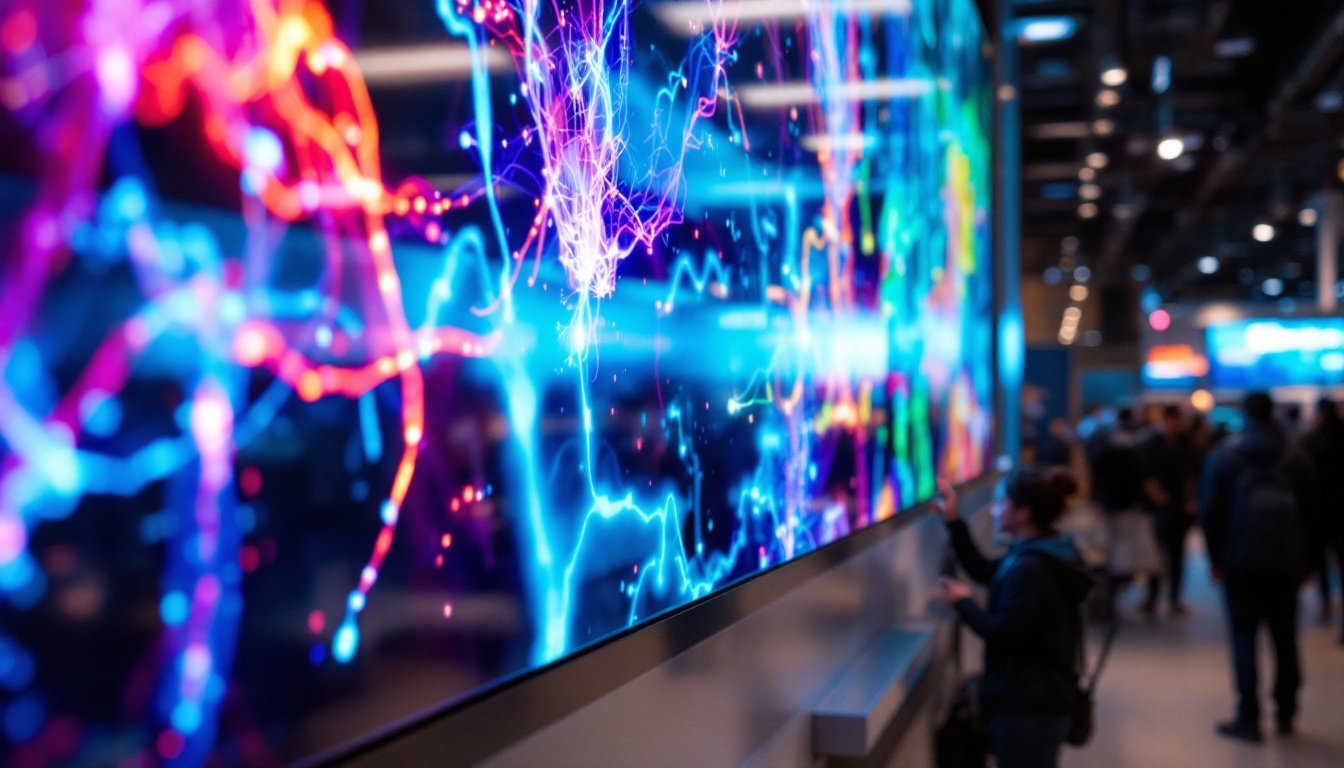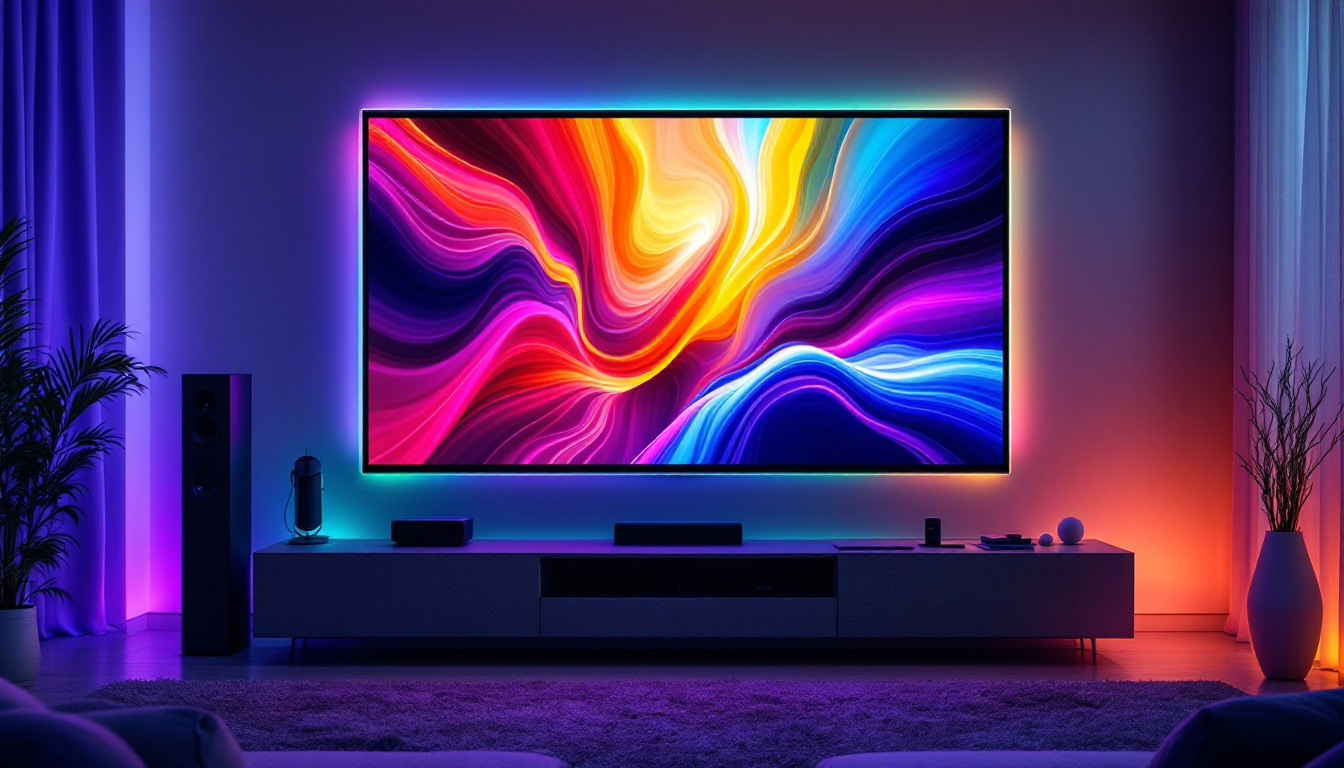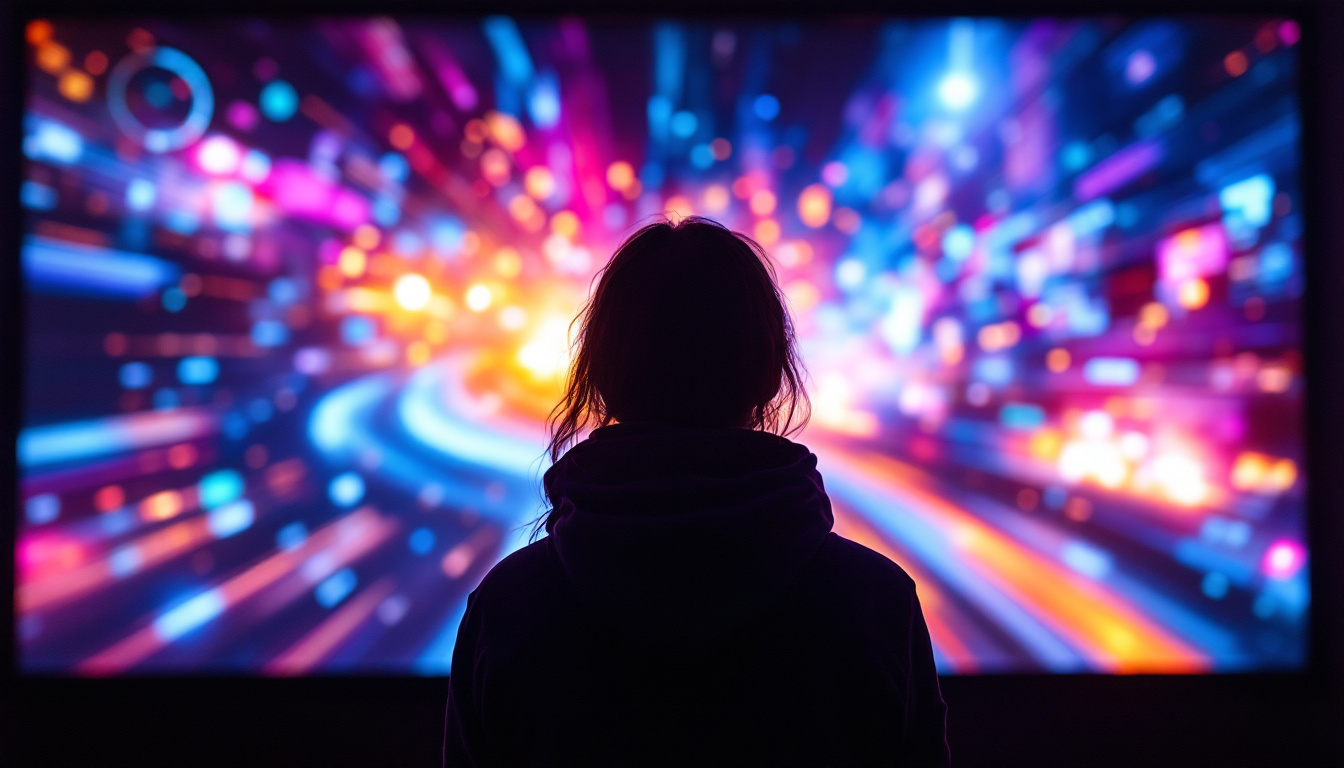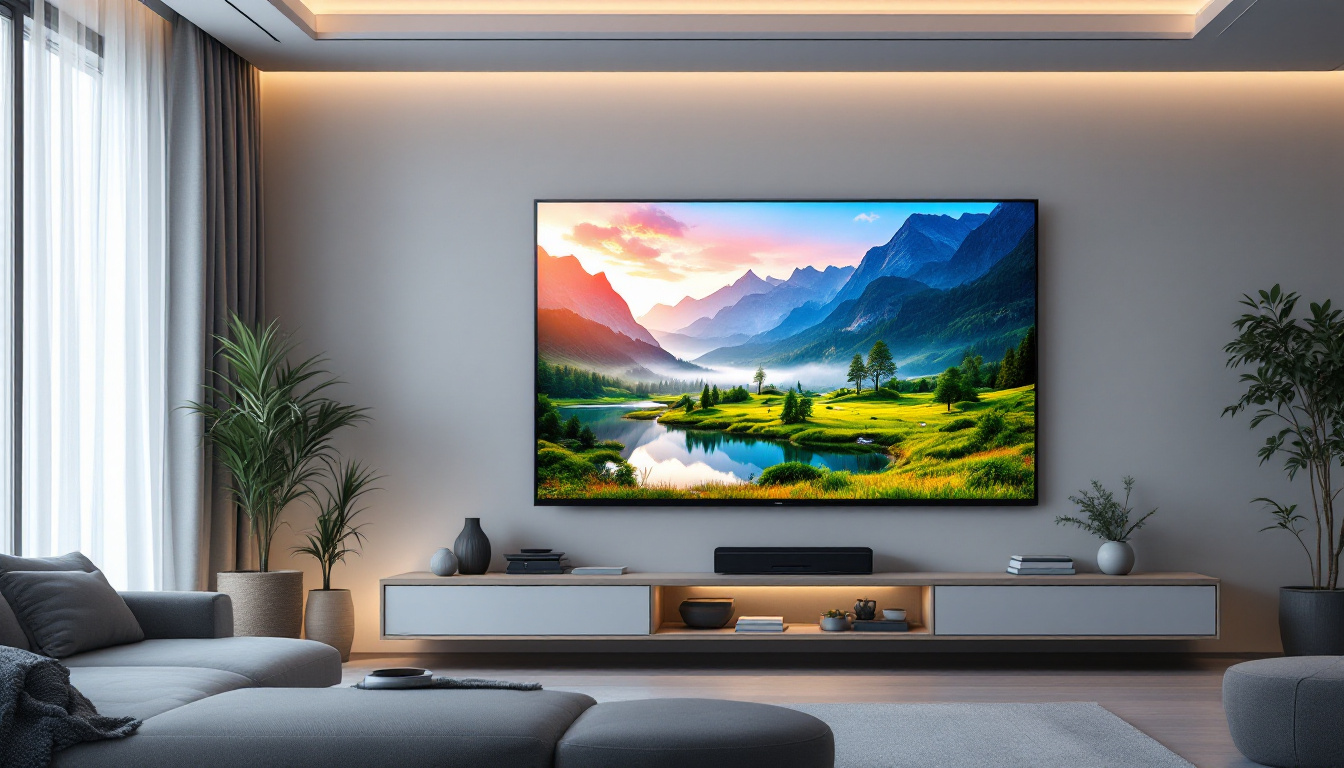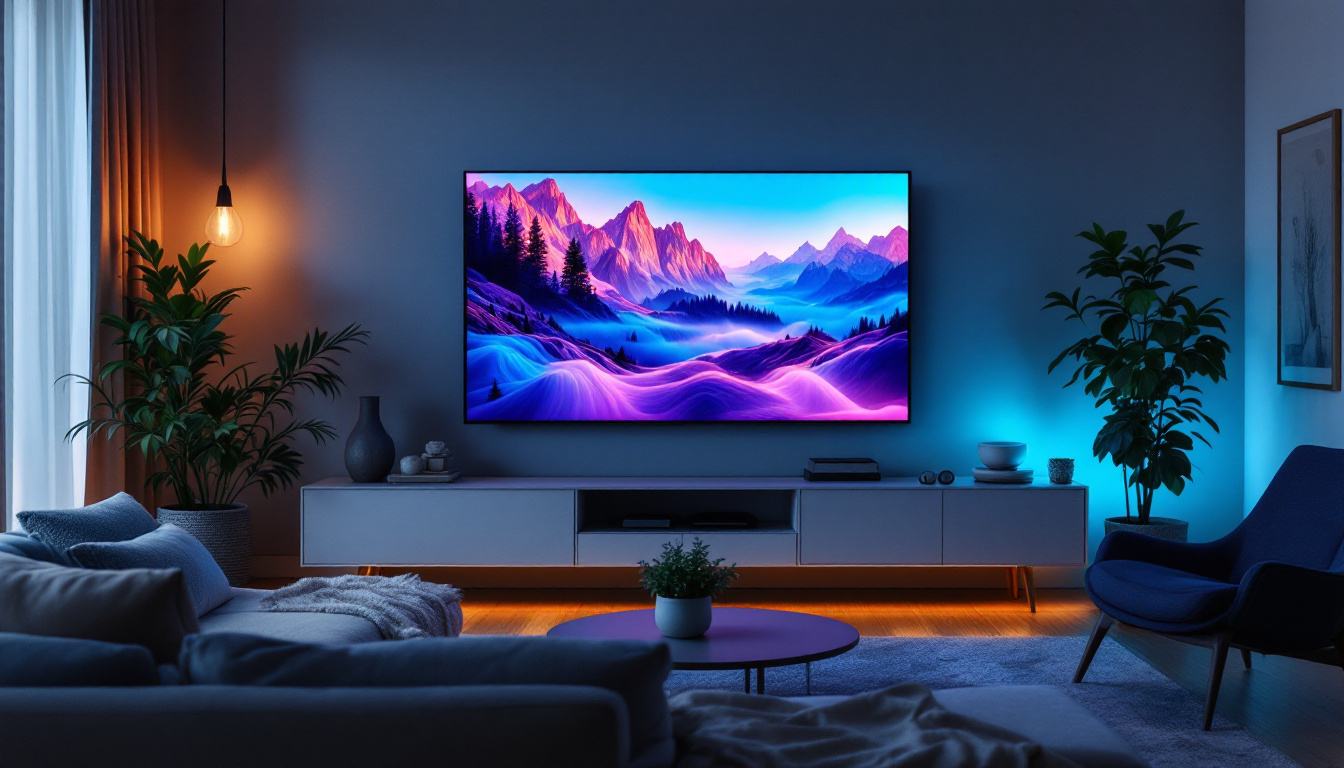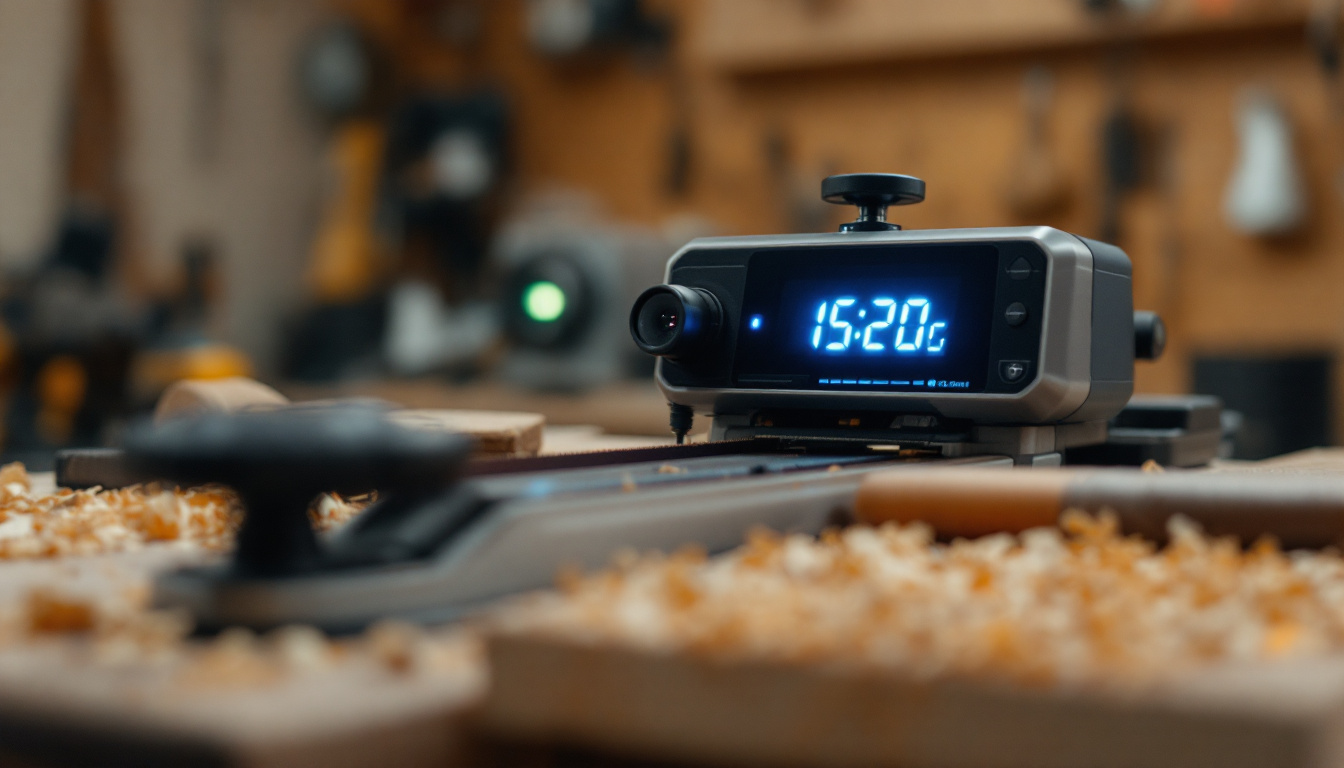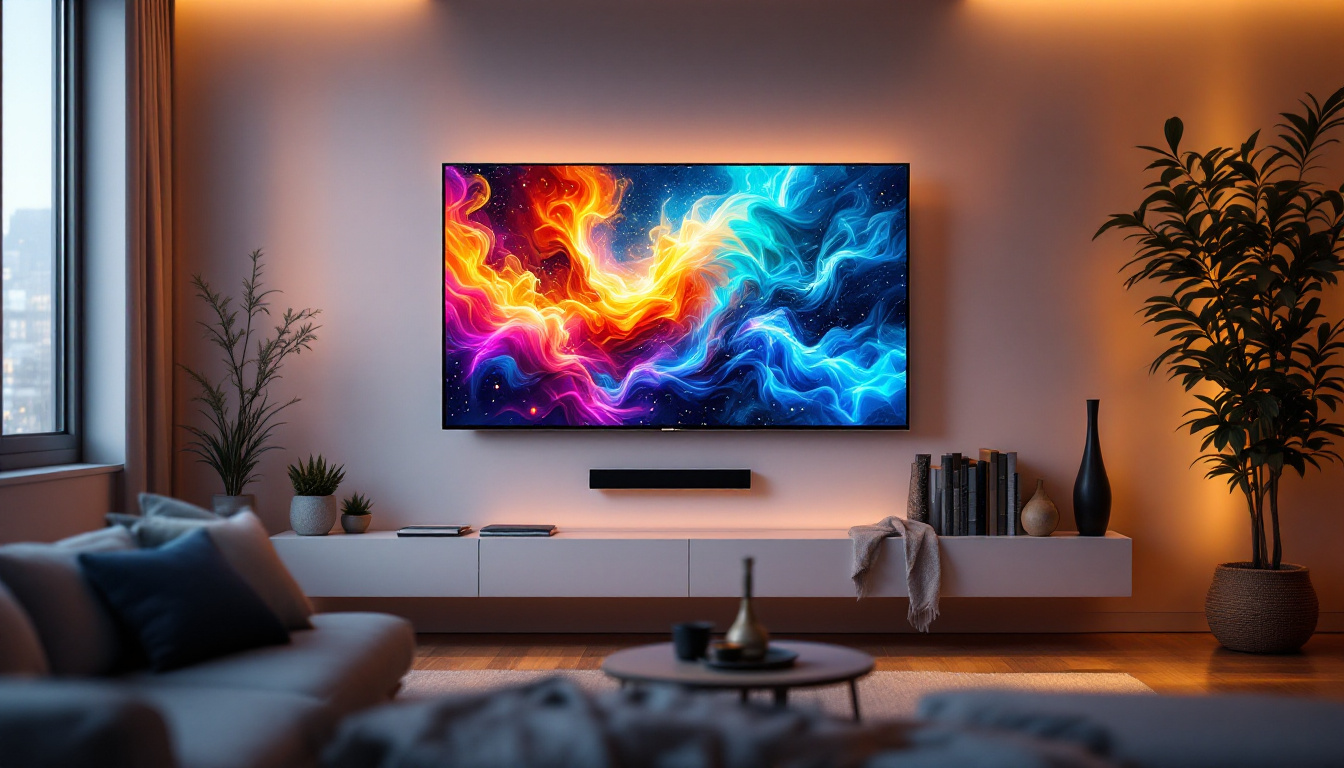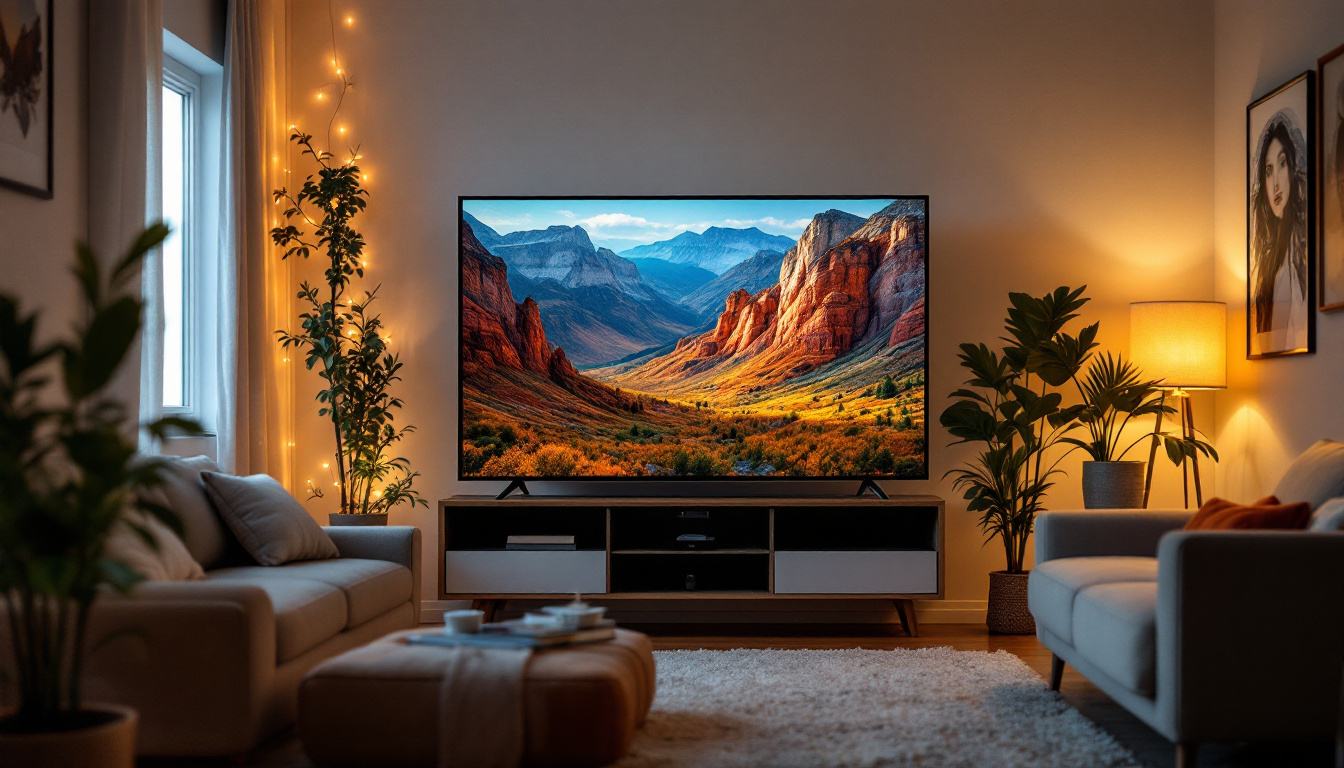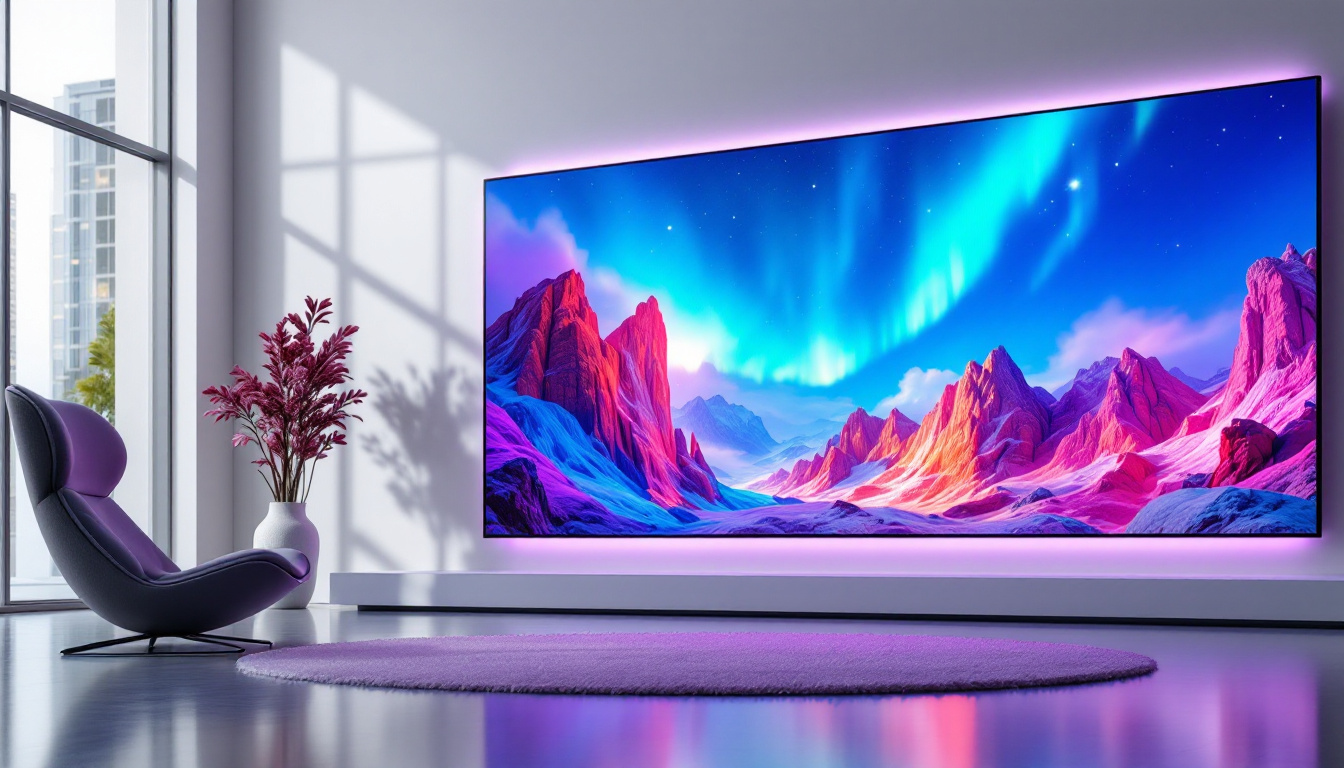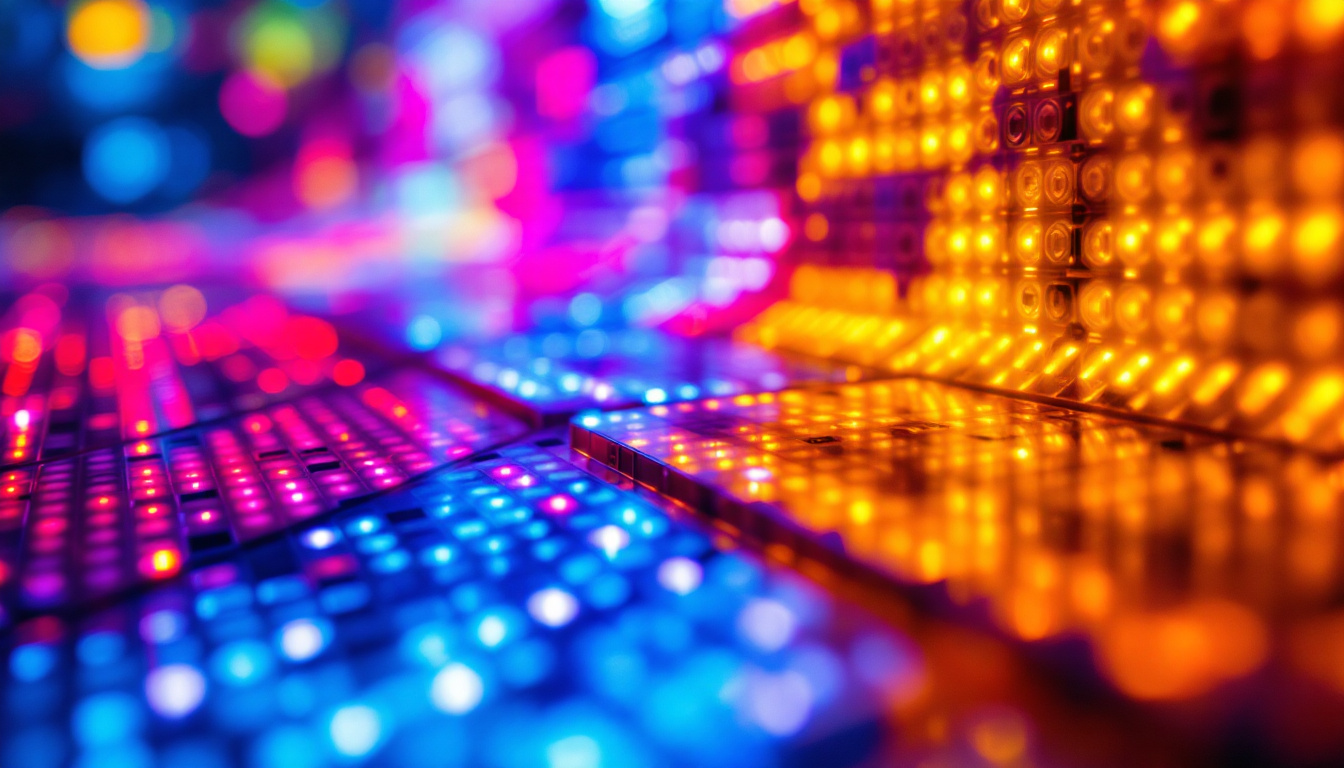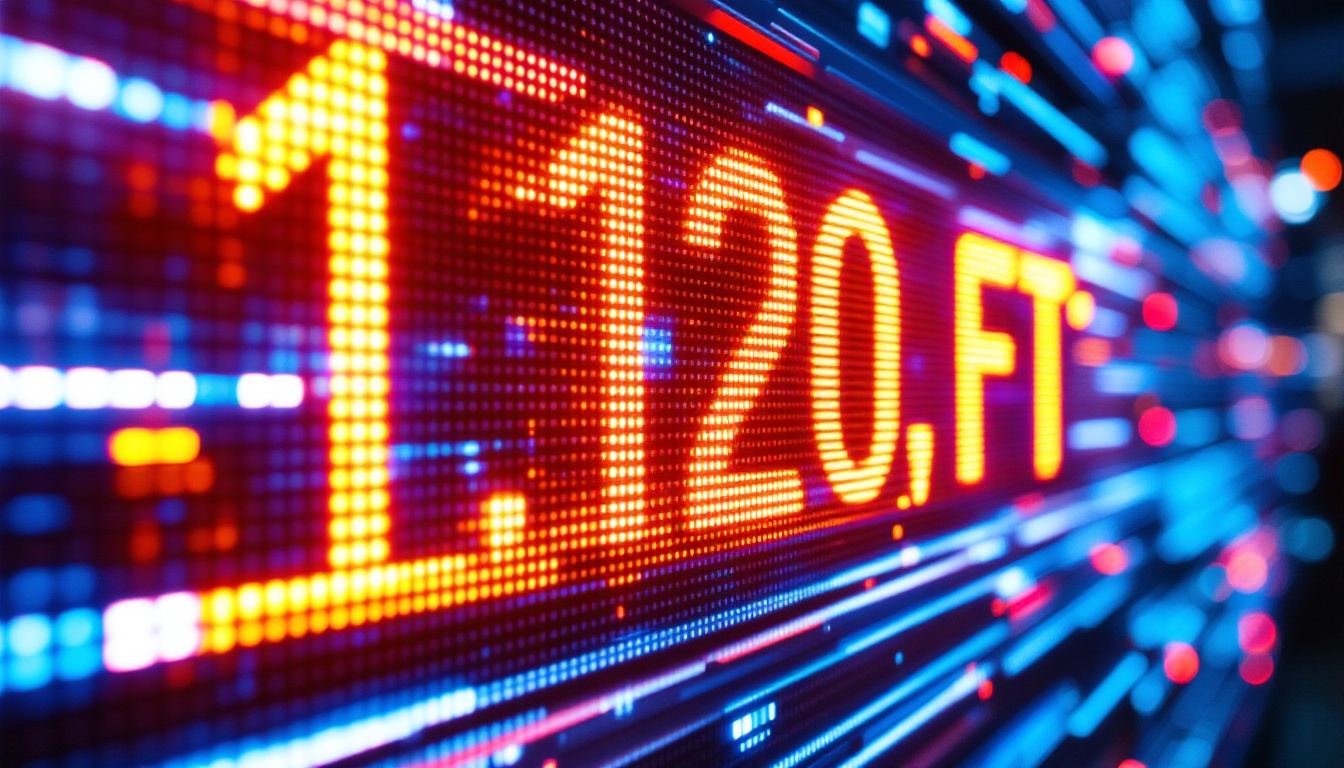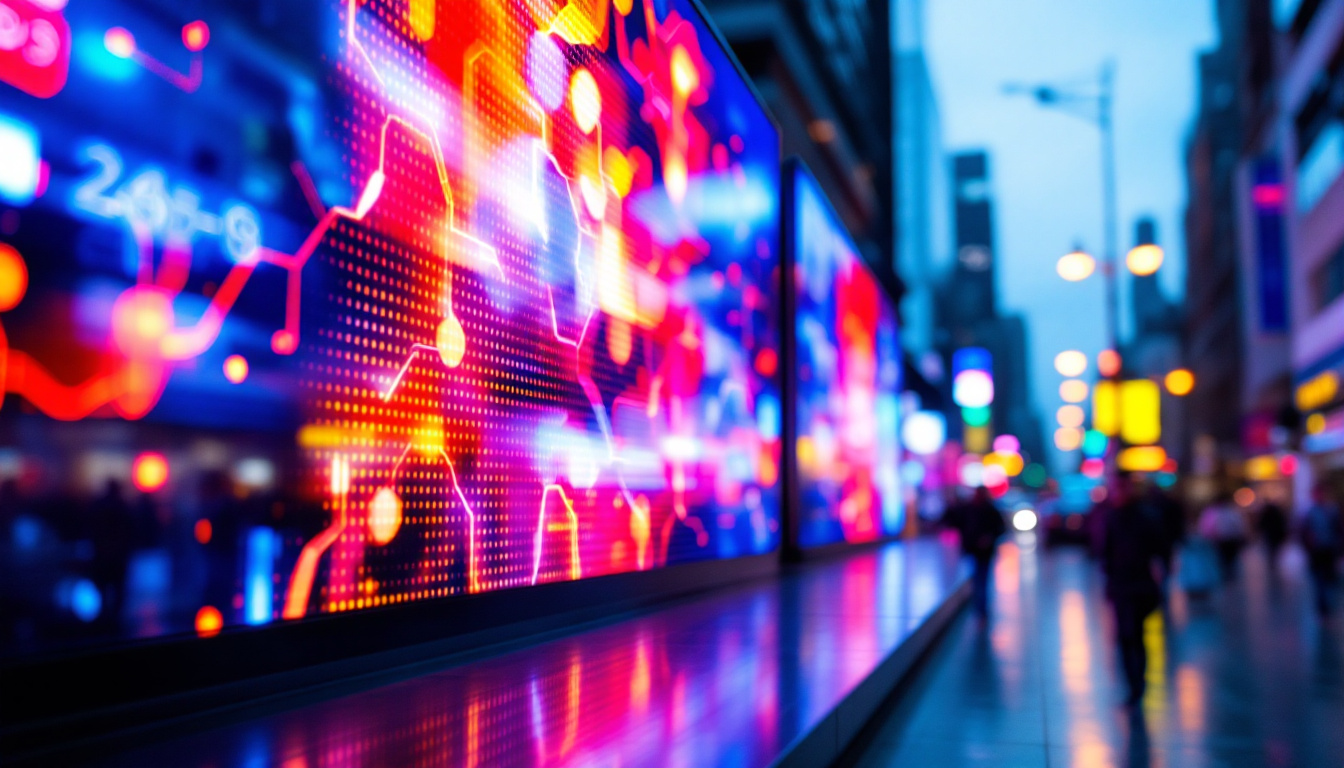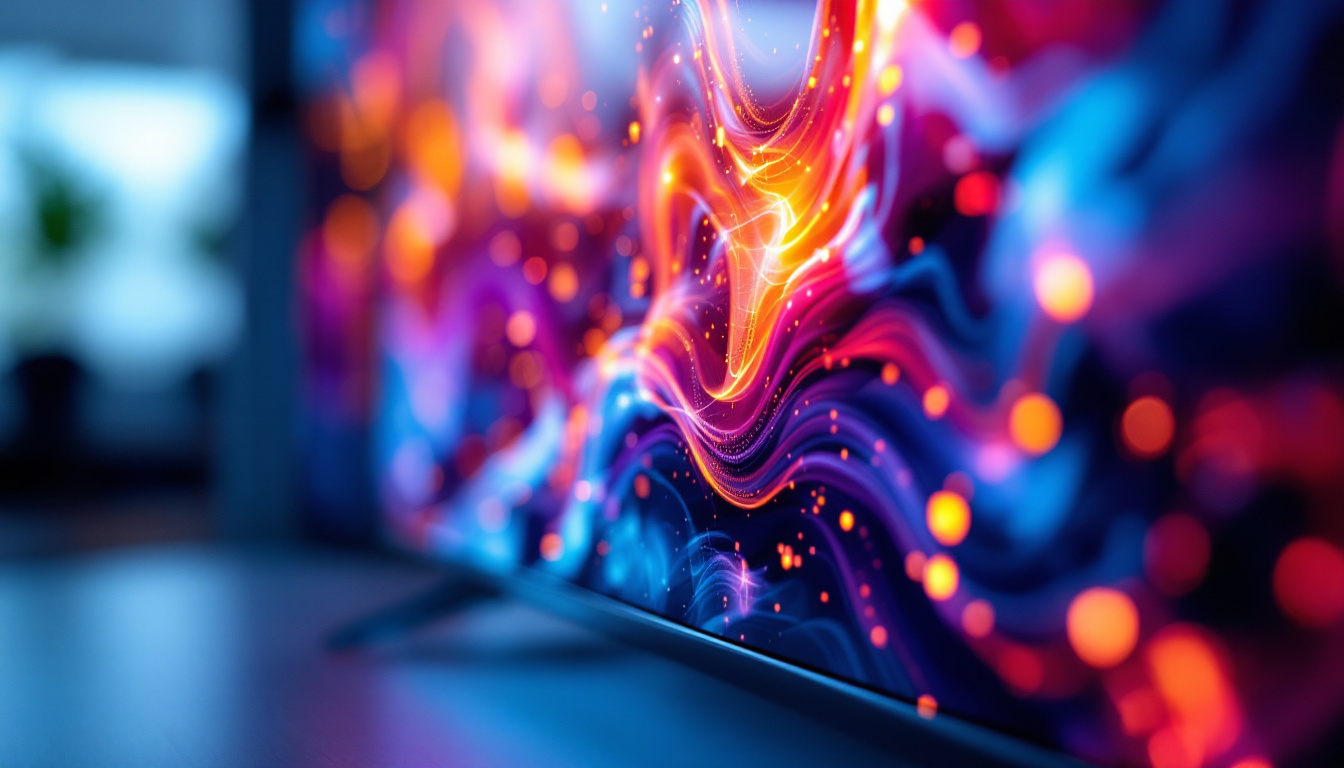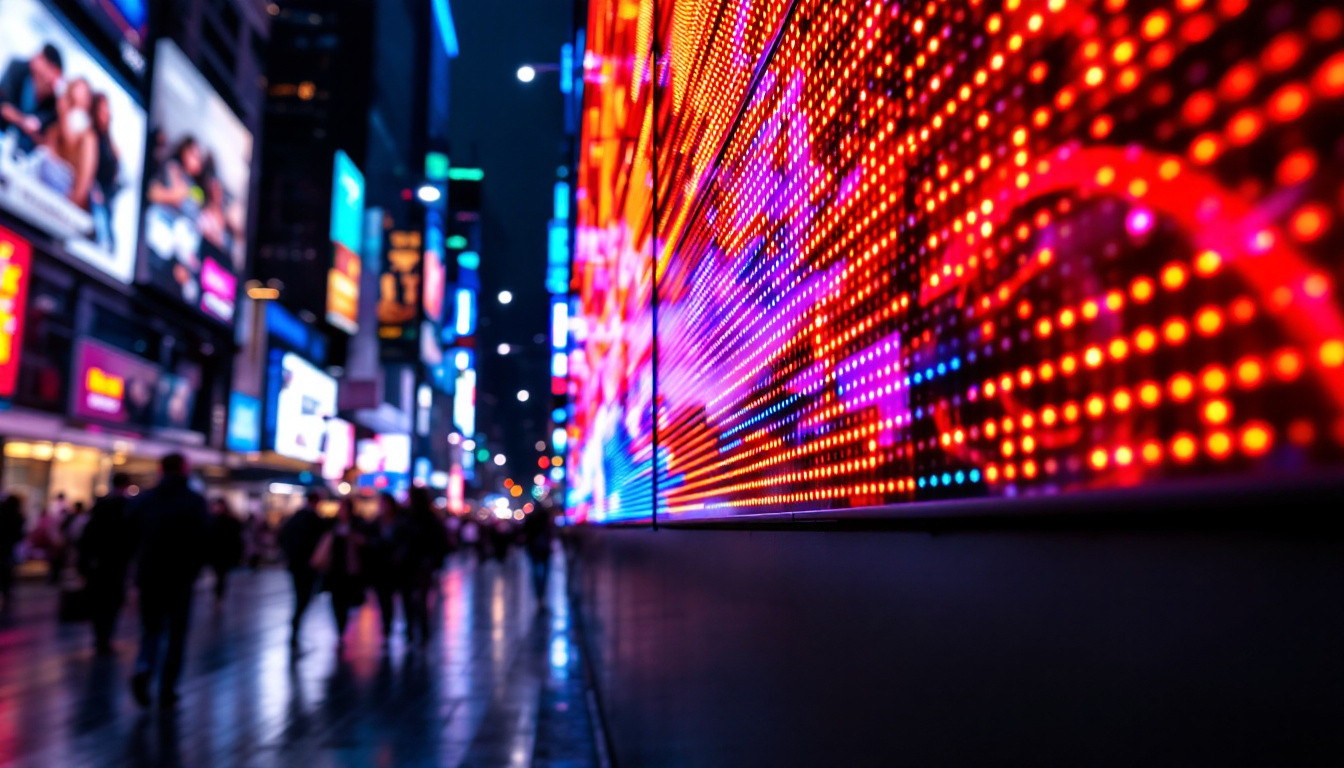In recent years, the advertising landscape has undergone a significant transformation, largely driven by technological advancements. One of the most captivating innovations in this realm is the hologram billboard, which combines the brilliance of LED displays with the mesmerizing effects of holography. This article delves into the intricacies of hologram billboards, exploring their technology, applications, and the future of advertising.
Understanding Hologram Technology
Holography is a technique that allows the creation of three-dimensional images by recording light patterns. Unlike traditional photography, which captures a two-dimensional representation, holography records the light scattered from an object, enabling the reconstruction of its 3D image. This technology has paved the way for the development of holographic displays that can be used in various applications, including advertising. The immersive quality of holograms not only captures attention but also enhances storytelling, making it a powerful tool for marketers and artists alike.
As holographic technology continues to evolve, its applications are expanding beyond mere visual displays. In fields such as medicine, holography is being explored for its potential in visualizing complex structures, such as organs and tissues, in three dimensions. This capability can significantly improve surgical planning and education, allowing medical professionals to study intricate anatomical details without the constraints of traditional imaging techniques.
The Science Behind Holography
At its core, holography relies on the principles of interference and diffraction. When a coherent light source, such as a laser, illuminates an object, the light reflects off the object and interferes with a reference beam. This interference pattern is recorded on a medium, such as photographic film or a digital sensor. When the recorded pattern is illuminated again with the reference beam, it reconstructs the light field of the original object, creating a holographic image. The precision of this process is what allows holograms to maintain depth and parallax, providing a lifelike representation that can change as the viewer’s perspective shifts.
Moreover, advancements in laser technology and digital processing have significantly enhanced the quality and accessibility of holography. With the introduction of more affordable and compact laser systems, as well as sophisticated software for image processing, artists and scientists are now able to create high-resolution holograms that were once the domain of specialized laboratories. This democratization of holographic technology opens up new avenues for innovation, from interactive art installations to educational tools that engage audiences in a more dynamic way.
Types of Holograms
There are several types of holograms, each with unique characteristics. The most common types include transmission holograms, reflection holograms, and computer-generated holograms. Transmission holograms require a light source behind them to be viewed, while reflection holograms can be seen with ambient light. Computer-generated holograms, on the other hand, are created using digital algorithms and can be displayed on various devices, including holographic billboards. These advancements have led to the rise of augmented reality applications, where holograms can be integrated into real-world environments, enhancing user experiences in gaming, education, and training simulations.
In addition to these, there are also dynamic holograms, which can change in real-time based on user interaction or environmental factors. This type of hologram is particularly exciting in the realm of virtual reality, where it can create an immersive experience that responds to the user’s movements and actions. As research continues, the boundaries of what holography can achieve are continually pushed, promising an exciting future for this fascinating technology.
The Role of LED Displays in Hologram Billboards
LED (Light Emitting Diode) technology has revolutionized the way visual content is displayed. With their ability to produce vibrant colors and high brightness levels, LED displays are ideal for outdoor advertising. When combined with holographic technology, they create stunning visual experiences that capture the attention of passersby. The integration of these technologies not only enhances aesthetic appeal but also significantly boosts engagement rates, making them a popular choice for marketers looking to make a memorable impact.
Advantages of LED Technology
LED displays offer numerous advantages over traditional display technologies. They are energy-efficient, have a long lifespan, and provide excellent visibility even in bright sunlight. Additionally, LED technology allows for flexible designs, enabling the creation of curved or irregularly shaped displays that can enhance the visual impact of holographic advertisements. This adaptability means that advertisers can customize their installations to fit unique spaces, ensuring that their messages resonate more effectively with their target audiences. Furthermore, the low maintenance costs associated with LED displays make them a financially sound investment for businesses looking to maximize their advertising budgets.
How LED Displays Create Holographic Effects
In hologram billboards, LED displays are often used to project images that appear three-dimensional. This is achieved through a technique known as volumetric display, where multiple layers of images are displayed in rapid succession. By manipulating the timing and positioning of these images, the viewer perceives depth and movement, creating an illusion of a holographic object floating in mid-air. The precision of LED technology allows for smooth transitions and intricate details that enhance the realism of the holographic effect. Additionally, advancements in software algorithms enable real-time rendering of dynamic content, allowing advertisers to update their messages frequently and keep the display fresh and engaging for repeat viewers.
The Future of Holographic Advertising
As technology continues to advance, the potential for holographic advertising using LED displays is expanding. Innovations in augmented reality (AR) and virtual reality (VR) are paving the way for even more immersive experiences. Imagine walking past a holographic billboard that not only displays a product but also allows you to interact with it through your smartphone or AR glasses. This level of engagement could redefine consumer interactions with advertisements, making them more personalized and impactful. Moreover, as 5G technology becomes more widespread, the ability to stream high-quality holographic content in real-time will open up new avenues for creativity in advertising, allowing brands to tell their stories in ways that were previously unimaginable.
Applications of Hologram Billboards
The versatility of hologram billboards makes them suitable for various applications across different industries. From retail to entertainment, these innovative displays are transforming the way brands engage with their audiences.
Retail Advertising
In the retail sector, hologram billboards are being used to create eye-catching advertisements that draw customers into stores. Brands can showcase their products in a dynamic and interactive manner, allowing potential buyers to visualize items in 3D. This immersive experience can significantly enhance customer engagement and drive sales.
Event Marketing
Hologram billboards are increasingly popular at events, concerts, and festivals. They can be used to promote upcoming shows, display artist performances, or even create interactive experiences for attendees. The ability to project lifelike images and animations captivates audiences and leaves a lasting impression.
Public Awareness Campaigns
Government agencies and non-profit organizations are also leveraging hologram billboards for public awareness campaigns. By presenting crucial information in an engaging format, these displays can effectively communicate messages about health, safety, and environmental issues. The novelty of holographic technology can help capture attention and encourage action.
Challenges and Considerations
While hologram billboards offer numerous benefits, there are also challenges and considerations that must be addressed. Understanding these factors is crucial for businesses looking to invest in this technology.
Cost Factors
The initial investment for hologram billboards can be substantial. The cost of high-quality LED displays, along with the necessary holographic technology, can be a barrier for some businesses. However, as technology advances and becomes more accessible, prices are expected to decrease, making hologram billboards a viable option for a broader range of advertisers.
Technical Limitations
Another consideration is the technical limitations of holographic displays. While they can create stunning visuals, the quality of the hologram is highly dependent on the viewing angle and distance. Ensuring optimal viewing conditions is essential for maximizing the impact of the advertisement. Additionally, the complexity of creating holographic content can pose challenges for marketers.
The Future of Hologram Billboards
The future of hologram billboards looks promising, with ongoing advancements in technology and creative applications. As the demand for innovative advertising solutions continues to grow, businesses are likely to explore new ways to integrate holography into their marketing strategies.
Emerging Technologies
Emerging technologies, such as augmented reality (AR) and virtual reality (VR), are expected to play a significant role in the evolution of hologram billboards. By combining holography with AR and VR, advertisers can create even more immersive experiences that engage consumers on multiple levels. This convergence of technologies will open up new possibilities for storytelling and brand interaction.
Increased Customization
As hologram billboard technology matures, customization options are likely to expand. Advertisers will be able to tailor holographic content to specific audiences, demographics, and locations. This level of personalization can enhance the effectiveness of campaigns and drive better results.
Environmental Considerations
With growing concerns about sustainability, the future of hologram billboards may also involve eco-friendly practices. Innovations in energy-efficient LED technology and sustainable materials for holographic displays will be essential in minimizing the environmental impact of these advertising solutions. Brands that prioritize sustainability will likely resonate more with consumers in the coming years.
Conclusion
Hologram billboards represent a fascinating intersection of technology and advertising. By leveraging the power of holography and LED displays, brands can create captivating visual experiences that engage audiences in unprecedented ways. While challenges remain, the potential for growth and innovation in this field is immense. As technology continues to evolve, hologram billboards are poised to become a staple in the advertising landscape, reshaping how brands connect with consumers.
Discover the Future of Advertising with LumenMatrix
Ready to elevate your brand’s presence and captivate your audience with the latest in holographic billboard technology? LumenMatrix is at the forefront of LED display innovation, offering a wide array of solutions that bring your advertising to life. From Indoor and Outdoor LED Wall Displays to specialized options like Vehicle, Sports, and Floor LED Displays, our products are designed to make a lasting impression. Embrace the future of visual communication with our Custom, All-in-One, and LED Transparent Displays. Check out LumenMatrix LED Display Solutions today and transform your brand storytelling with unparalleled clarity and impact.

